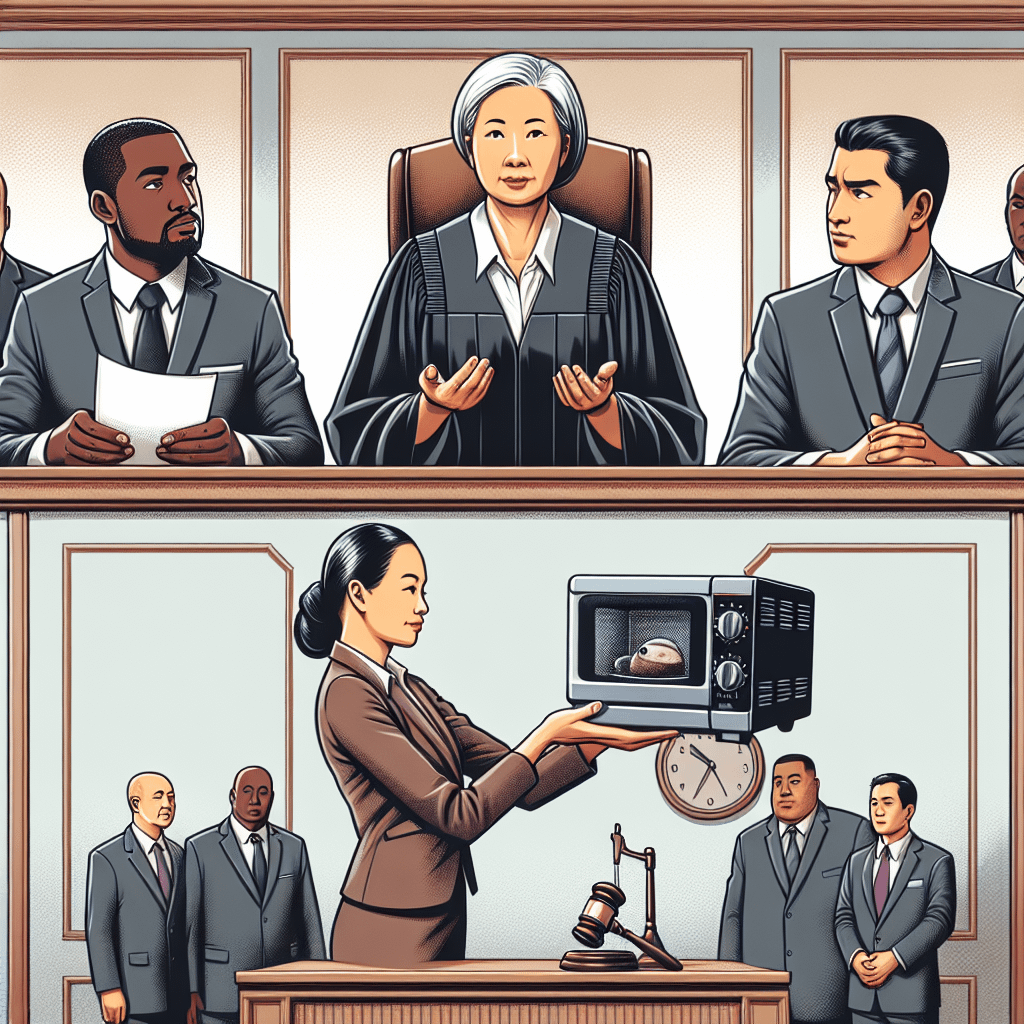Imagine you just bought a brand-new blender, excited to whip up a delicious smoothie. But as you switch it on, the blender malfunctions, causing an injury to your hand. It’s a frustrating and unfortunate situation, but there’s good news: you may be entitled to compensation for those injuries under product liability laws in the United States. Let’s walk through the essentials of what this means and how you can navigate the process.
Understanding Product Liability
Product liability is a legal concept that holds manufacturers, distributors, and sellers accountable for putting a defective product into the hands of a consumer. This usually applies when there’s something inherently wrong with the product that causes harm, such as a design defect, manufacturing defect, or a failure to provide adequate warnings about the product’s risks.
- Design Defects: These occur when there’s a flaw in the product’s design that makes it inherently unsafe. For example, if every blender of the model you purchased has a faulty blade that breaks easily, that’s a design defect.
- Manufacturing Defects: These happen during the production process. For instance, if your specific blender had a defect due to an error during assembly, which caused it to malfunction, this would fall under a manufacturing defect.
- Failure to Warn: Sometimes products don’t come with adequate instructions or warnings about possible risks. If your blender didn’t include a warning about sharp blades, and you were injured as a result, this might constitute a failure to warn.
Steps to Seeking Compensation
If you believe your injury was caused by a faulty product, here are some steps to consider:
1. Seek Medical Attention: Your health is the top priority. Get medical help immediately to treat any injuries and obtain medical documentation, which can be crucial in supporting your claim.
2. Preserve Evidence: Keep the product and any related packaging or receipts. Do not attempt to fix it or alter it. This evidence can be key in proving a defect existed.
3. Record Everything: Document the incident in detail. Write down what happened, take photos of your injuries, and keep track of any expenses related to your injury, such as medical bills or lost wages.
4. Consult with a Lawyer: Reach out to a legal professional specializing in personal injury or product liability law. They can provide guidance tailored to your specific situation and help navigate the complex legal processes involved.
5. File a Claim: Your lawyer can help you file a claim against the manufacturer, retailer, or any other party involved. The goal is to negotiate a settlement that covers your medical costs, lost income, and pain and suffering. If a settlement isn’t reached, the case may go to trial.
Practical Tips for Strengthening Your Case
- Understand the Time Limit: There’s something called the statute of limitations, which limits how long you have to file a lawsuit. This time frame varies by state, so acting promptly is critical.
- Consider a Product Recall: Check if the product has been recalled. A recall could support your case by showing acknowledgment from the manufacturer that there’s an issue.
- Gather Witnesses: If there were any witnesses to your injury, gather their contact information. Their testimony might help corroborate your version of events.
Conclusion
Experiencing an injury from a faulty product is stressful, but understanding your rights and the steps to take can empower you to seek the compensation you deserve. While this guide offers a starting point, consulting with a legal expert will help you address the specifics of your case, ensuring your path to recovery is as smooth as possible. Remember, taking action not only helps you but also protects other consumers from potential harm.








